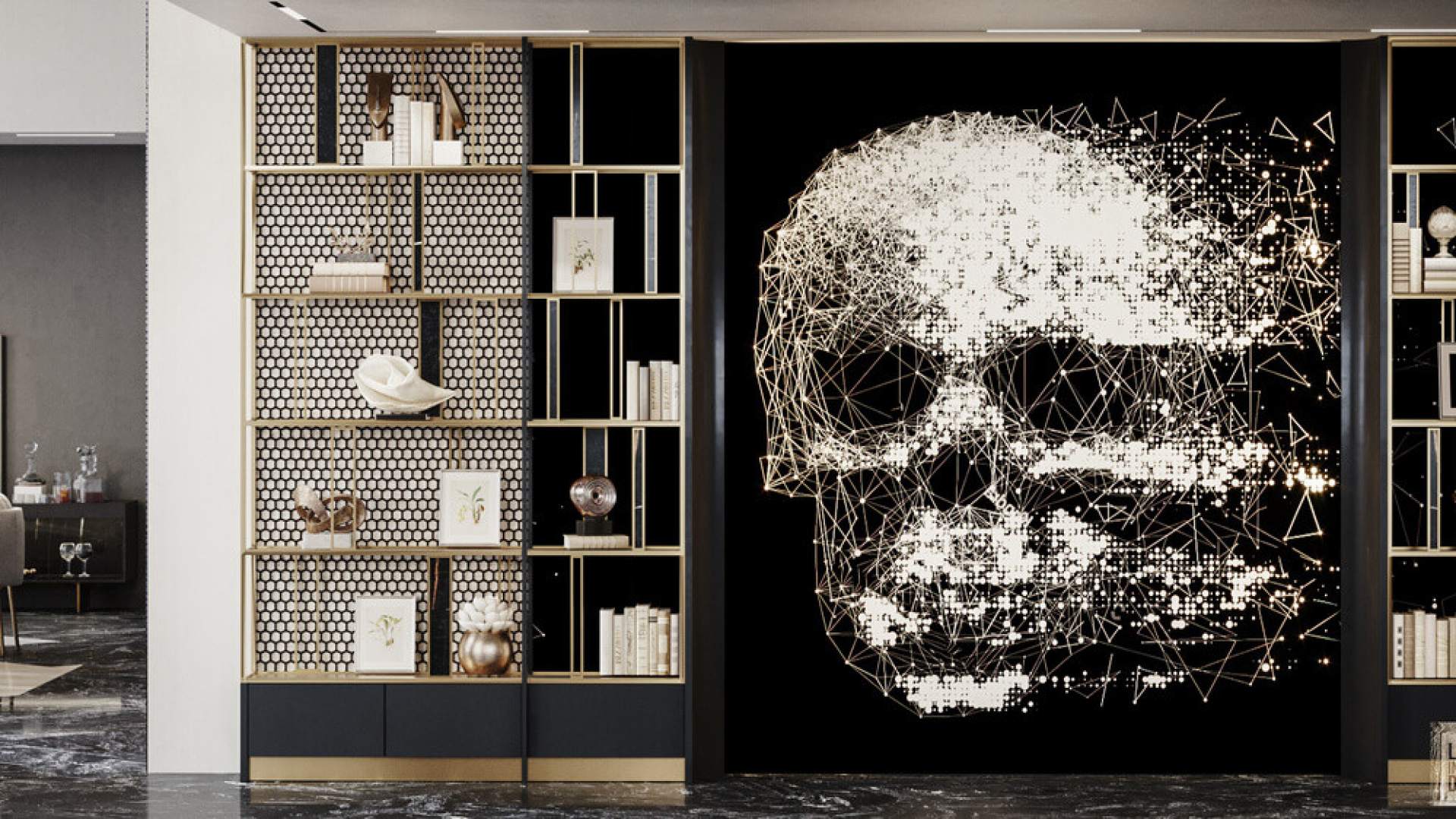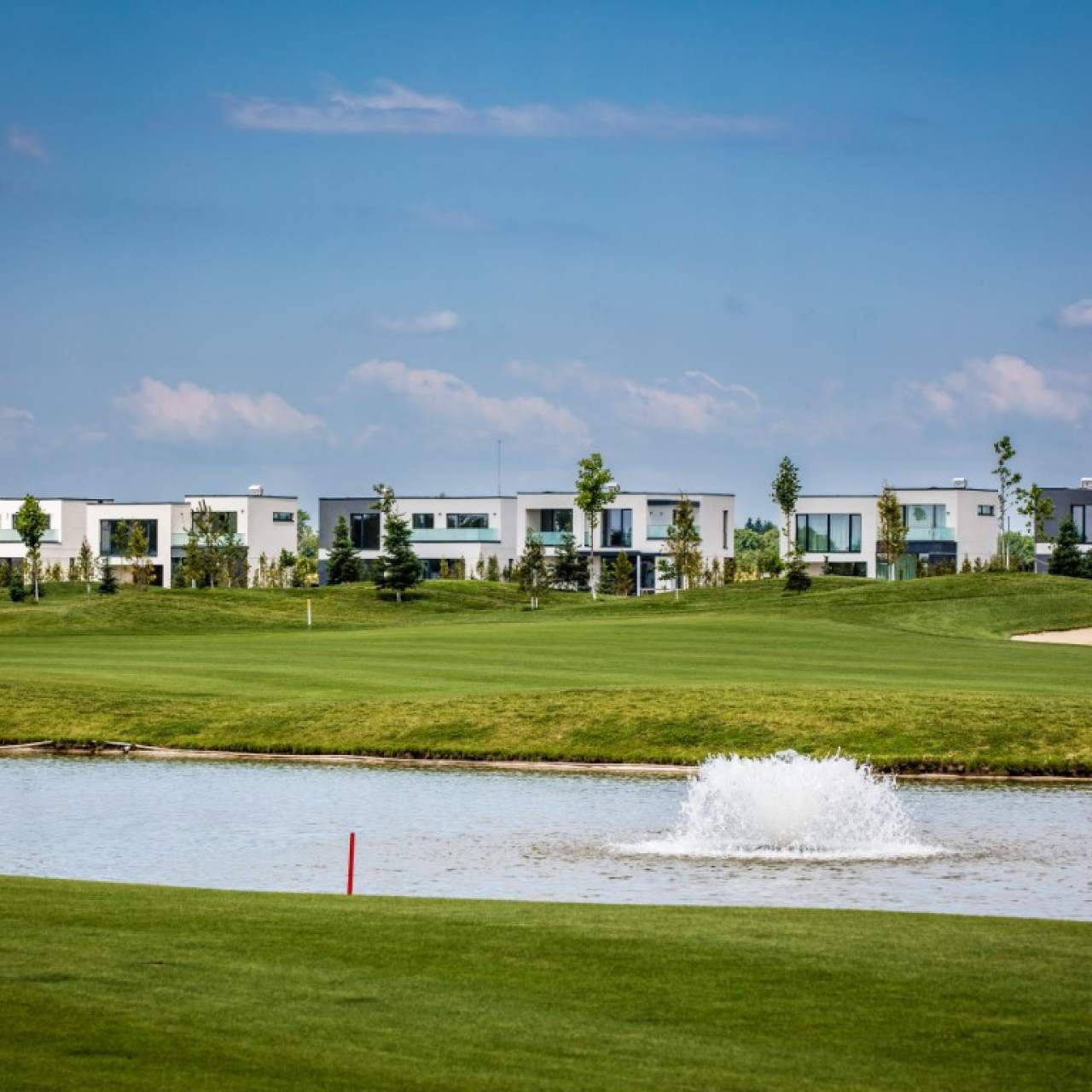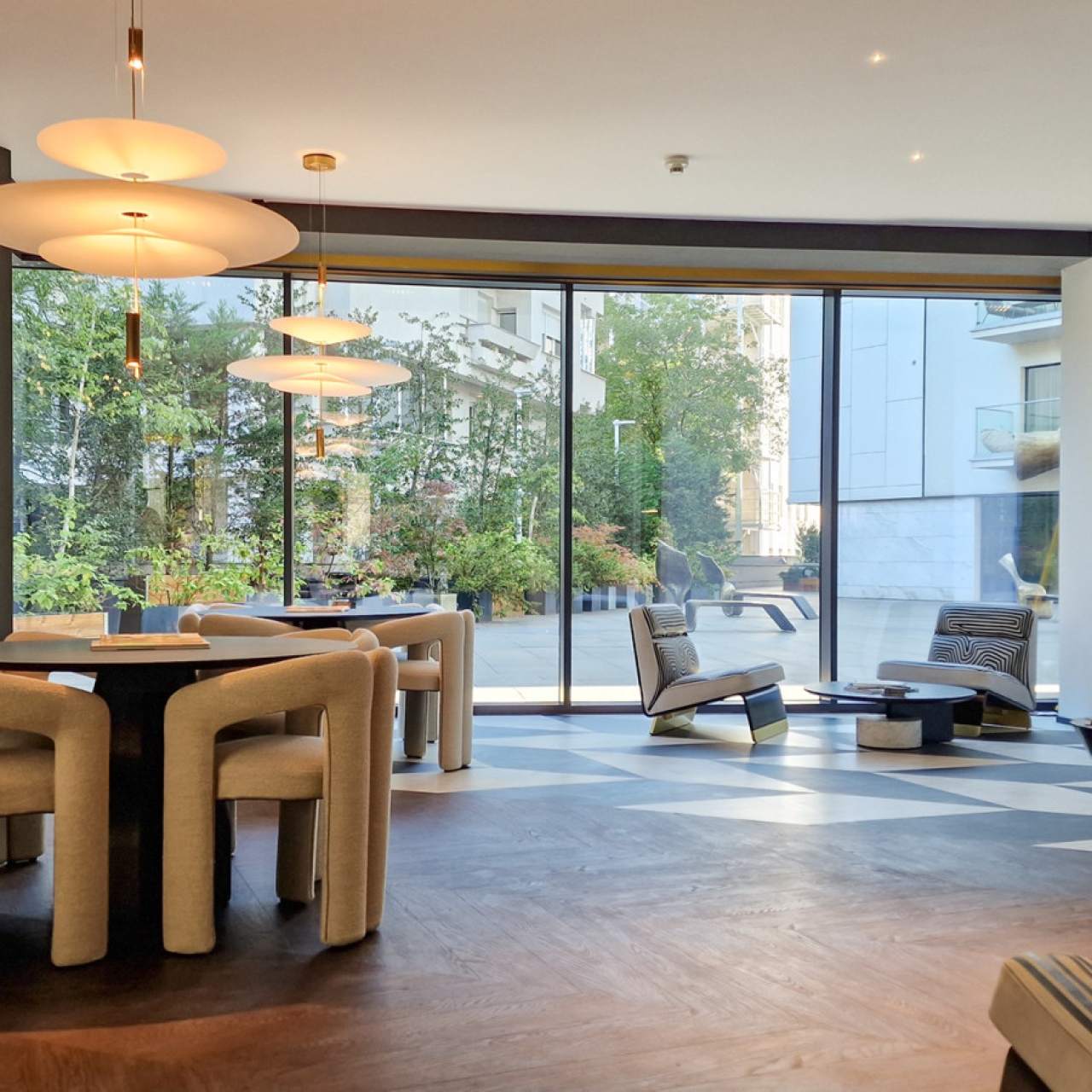
A brief history of interior design
Whether we realize it or not, interior design is everywhere. It is reflected in the colors and shape of the furniture used in the restaurant we go to, in the way the offices of the company we work for are arranged, in the textures of the finishes in our own home, in the lighting fixtures of the hotel where we spend our vacation and more.
Who was the first interior designer, when did this industry begin and what stages have it gone through so far?
Interior designers – those who raise to the rank of art the arrangement of a home, office space, and more, transforming it into a pleasant and functional place – have to go through a series of important steps to reach the finished product, which we admire in the buildings we visit. This includes the site inspection, the evaluation of the project, the choice of finishes and decorative elements with the client, the planning of the works, and finally, the execution of the project. In recent years, the profession of interior designer is necessary and "fashionable", but its beginnings are relatively recent if we talk about the profession as such, as we know it today. The same can't be said about the interior design itself.
Mentioned in Indian mythology, mirrored by the vessels placed in the tombs of the pharaohs and the paintings with which they were decorated, as a testimony to the way the houses in which the kings of Egypt had lived were decorated, reflected in the objects with which the Greeks and Romans decorated their houses, and the art of feng shui, centuries-old – interior design, therefore, has ancestral roots.
However, the Dark Ages brought with it the end of the decorative elements, replaced by a sober style of arrangement. The appearance of the Renaissance would establish the richness of colors and luxury, transformed into opulence with the transition to the Baroque. In the Rococo era, the houses acquired accents inspired by Asian culture, and the Neoclassic, which followed them, and brought with it the nostalgia of Antiquity and its characteristic elements. After the Victorian era, with heavy furniture and massive ornaments, things changed radically, with the advent of dynamic Art Nouveau, with design accents inspired by nature, flowers, and plants, and in which modern materials such as glass, iron, and concrete were used extensively, followed by the glorious Art Deco.
The one to whom the status of the first interior designer is attributed and, implicitly, the transformation of this occupation into a profession is the American actress Elsie de Wolfe (1865-1950). In parallel with cinematography, she was one of the first women to deal with interior decoration, becoming the first interior designer. One of her most important moves was to adopt an airy but sophisticated design style, as opposed to Victorian-style features.
The next important trend in interior design was the emergence of the Bauhaus movement and the industrial style that characterized it. Another revolutionary stage in the field was the debut of the open space format in office buildings. Among the first designers to use it in landscaping in 1939 and 1946, respectively, were Frank Lloyd Wright and Florence Knoll Bassett, although the idea came from mechanical engineer Frank Taylor, who had proposed this working model in the early twentieth century to maximize efficiency and productivity of workers.
Around the 1950s, the Scandinavian style flourished, promoted by companies such as Ikea, then followed the spread of minimalism, launched after the end of World War II, and popularized in the 1960s and 1970s.
The year 1984 would launch a revolutionary concept in the hospitality industry: the boutique hotel, whose origin is attributed to the French designer Andrée Putman. Nine years later, the US Green Building Council is launched, together with the LEED (Leadership in Energy and Environmental Design) program, which certifies the use of sustainable elements in the design and arrangement of a building – a major step in the sustainable direction that real estate developers are currently following.
The appearance of HGTV (Home & Garden Television) in 1994 leads to the emergence of a new trend: the generation of DIY designers (do-it-yourself), proving that if your budget does not allow you or you do not want to hire a specialist, you can arrange a home by yourself with minimal costs, without compromising on the preferred design.
In 2008, following the economic crisis, the “Tiny House” fashion began to spread, the tastefully furnished mini-houses being a solution to the need of buying a low-budget home.
The current sanitary crisis has also had its say, and new trends in the area of interior design are aimed at multifunctional arrangements, so that a building can meet all the needs we have in everyday life.
Data for this article was obtained from: architecturaldigest.com, k2space.co.uk, housebeautiful.com, and Wikipedia.org.
Inspired by the article?
Explore apartments in neighborhoods worth discovering:


